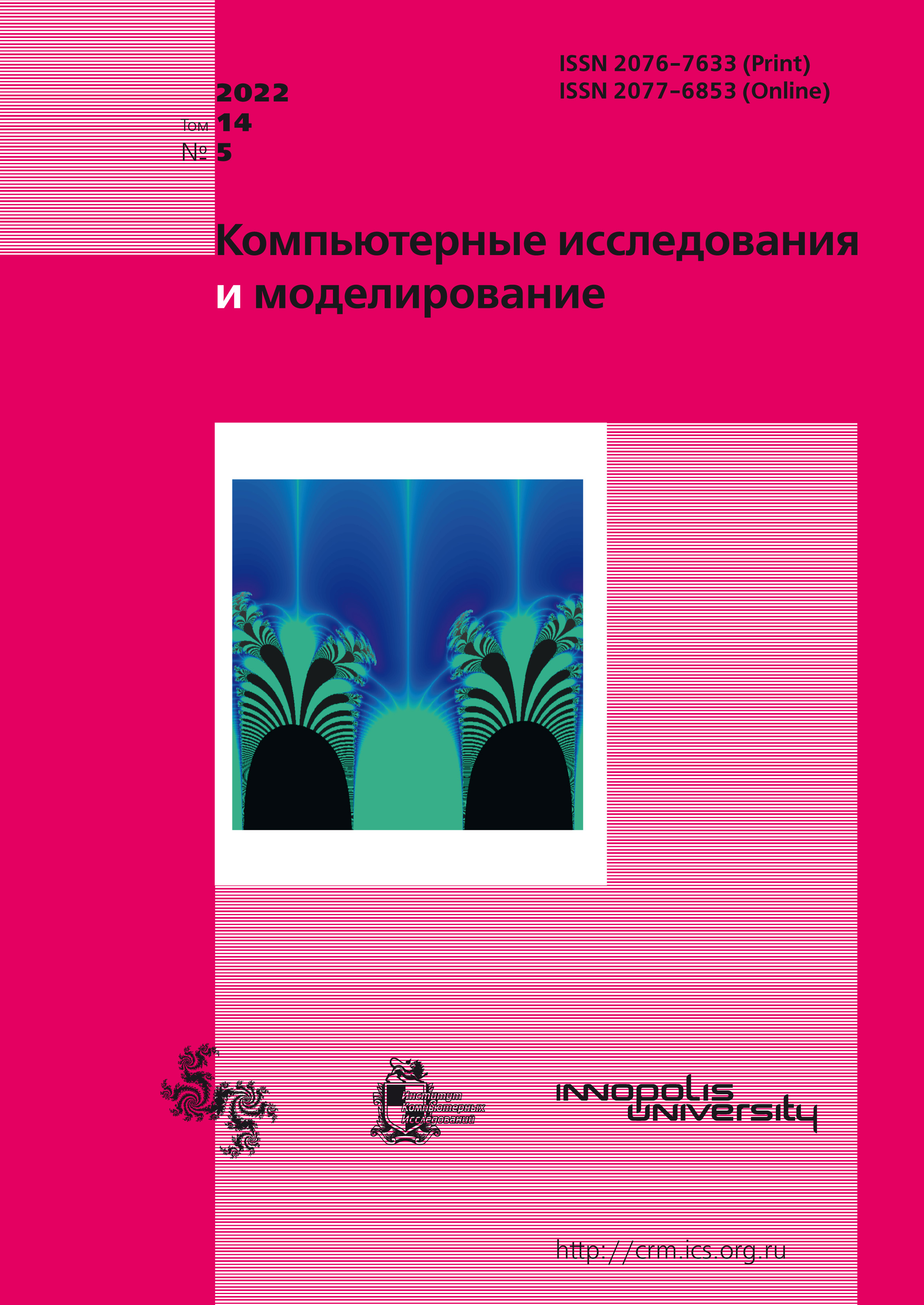All issues
- 2025 Vol. 17
- 2024 Vol. 16
- 2023 Vol. 15
- 2022 Vol. 14
- 2021 Vol. 13
- 2020 Vol. 12
- 2019 Vol. 11
- 2018 Vol. 10
- 2017 Vol. 9
- 2016 Vol. 8
- 2015 Vol. 7
- 2014 Vol. 6
- 2013 Vol. 5
- 2012 Vol. 4
- 2011 Vol. 3
- 2010 Vol. 2
- 2009 Vol. 1
Analysis of the dispersion characteristics of metallic photonic crystals by the plane-wave expansion method
 pdf (450K)
pdf (450K)
A method for studying the dispersion characteristics of photonic crystals — media with a dielectric constant that varies periodically in space — is considered. The method is based on the representation of the wave functions and permittivity of a periodic medium in the form of Fourier series and their subsequent substitution into the wave equation, which leads to the formulation of the dispersion equation. Using the latter, for each value of the wave vector it is possible determined a set of eigen frequencies. Each of eigen frequency forms a separate dispersion curve as a continuous function of the wave number. The Fourier expansion coefficients of the permittivity, which depend on the vectors of the reciprocal lattice of the photonic crystal, are determined on the basis of data on the geometric characteristics of the elements that form the crystal, their electrophysical properties and the density of the crystal. The solution of the dispersion equation found makes it possible to obtain complete information about the number of modes propagating in a periodic structure at different frequencies, and about the possibility of forming band gaps, i.e. frequency ranges within which wave propagation through a photonic crystal is impossible. The focus of this work is on the application of this method to the analysis of the dispersion properties of metallic photonic crystals. The difficulties that arise in this case due to the presence of intrinsic dispersion properties of the metals that form the elements of the crystal are overcome by an analytical description of their permittivity based on the model of free electrons. As a result, a dispersion equation is formulated, the numerical solution of which is easily algorithmized. That makes possible to determine the dispersion characteristics of metallic photonic crystals with arbitrary parameters. Obtained by this method the results of calculation of dispersion diagrams, which characterize two-dimensional metal photonic crystals, are compared with experimental data and numerical results obtained using the method of self-consistent equations. Their good agreement is demonstrated.
Copyright © 2022 Vetluzhsky A.Y.
Indexed in Scopus
Full-text version of the journal is also available on the web site of the scientific electronic library eLIBRARY.RU
The journal is included in the Russian Science Citation Index
The journal is included in the RSCI
International Interdisciplinary Conference "Mathematics. Computing. Education"






